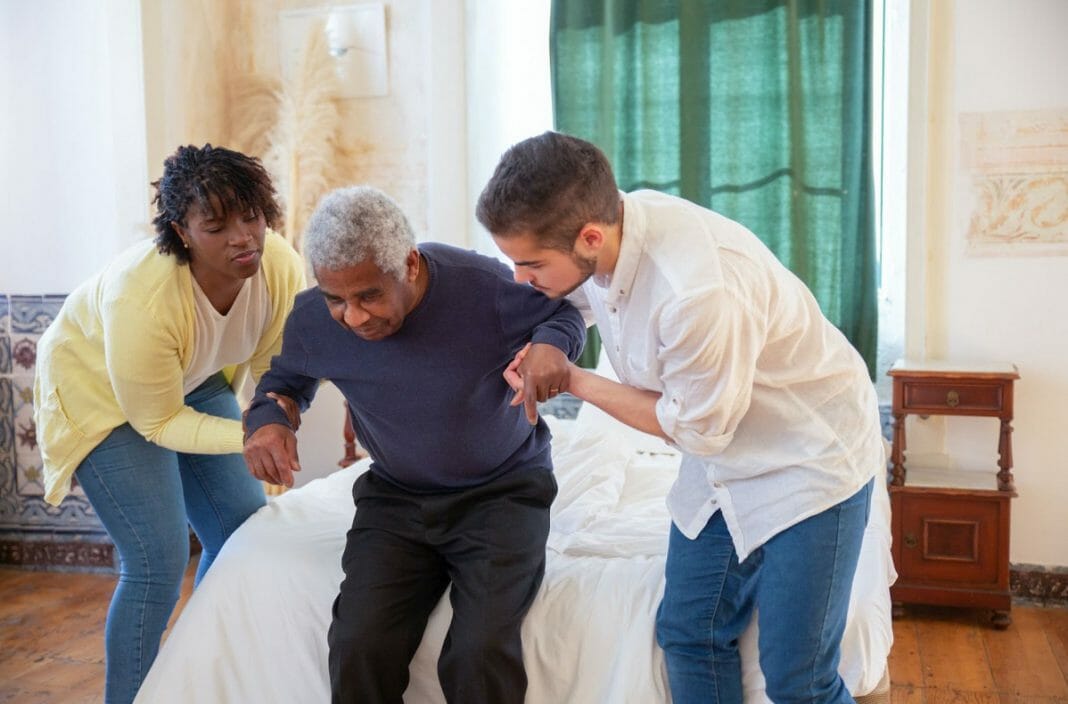According to research from Grand View Research, Inc, the home healthcare market could be worth $666.3 billion by 2030. This is based on an estimated CAGR of 7.96%.
This industry includes home health care services (like nursing care and nutritional support) and home health care supplies (like wheelchairs and sleep monitors).
Why is the home healthcare market booming?
The aging population is increasing as the result of more people living longer. Currently, about 1 in 10 people in the world are over 65. By 2050, about 1 in 6 people will likely be aged over 65.
More seniors means more people with chronic degenerative health conditions. These health conditions typically require medication, equipment or physical support from carers in order to treat.
Dementia uses up a lot of home healthcare resources and cases are likely to increase in years to come. Currently, there are about 50 million dementia patients in the world. This is estimated to increase to 82 million by 2030.
Care homes have been getting less accessible over the years due to increasing fees. As a result, more people are relying on home health care – a trend that will likely continue unless seniors or care homes are able to attract more public funding.
It’s worth noting that a growth in young people with disabilities is also contributing to increased demand for home healthcare. However, senior citizens still make up the vast majority of home patients and are likely to be the biggest focus in years to come.
What type of home healthcare is in demand?
Home health care services make up much of the market’s value. Skilled at-home nurses are believed to become increasingly in-demand – this includes carrying out medical services like wound dressing, tube feedings and rehabilitation. This is necessary to take the demand off of hospitals and nursing homes.
Home therapeutic equipment is likely to experience the biggest CAGR in years to come. This is largely due to an increase in chronic health conditions like diabetes, COPD and kidney disease. Some of the equipment that is likely to become more in demand includes blood sugar monitors, insulin pumps, supplemental oxygen, CPAP machines and home dialysis equipment.
What are some of the future trends we will see in home healthcare?
Home automation or ‘internet of things’ (IoT) technology is certain to make massive advancements in years to come. Already, telemonitoring machines are gaining popularity, allowing constant remote monitoring of patients’ vital signs at home. Smart pill dispensers can also help to organize pills and dispense them at certain times of the day – often triggering alarms, which may also send an alert to a patient’s phone.
AI and robotics will enable more treatments to be automatically carried out at home. However, we are unlikely to see such technology being commonly introduced before 2030. Right now a lot of this tech is still very expensive to implement and many seniors still want to be treated by physical carers. Increased recruitment of skilled nurses will be needed in order to meet this demand.



